
Yanmar is a corporation known around the world for its marine equipment, tractors, and cultivators. Yanmar products are not just seen in agriculture but are used in a variety of other places.
No matter how old you are, whether you’re a gearhead, someone who enjoys checking out machinery, or just curious to learn how the Japanese do things differently, Yanmar Museum is a place where you can casually experience Yanmar technology!
- Table of Contents
-
- The Building Symbolizes the City of Nagahama!
- Yanmar’s Origin, Diesel Engine
- Yanmar’s Roots: Making Farmers’ Lives Easier
- Farming is Cool! Exciting High-Tech Tractors
- Controlling Vehicles that you come Across Town
- Cool Tin Badges that you’ll want to collect!
- Yanmar Technology in Various Places in the Ocean!
- Energy Zone and Past Engine Gallery
- The Roof Area: replicating the environment around Lake Biwa
- Limited Items at the Museum Shops and Café!
The Building Symbolizes the City of Nagahama!
From Hokuriku Main Line Nagahama Station it takes about 10 minutes on foot to reach Yanmar Museum. At the entrance the brand’s familiar character mascots, Yanbo and Mabo, greet you.

This museum was constructed for the Yanmar’s centennial. It opened in 2013 in Nagahama City where the founder of Yanmar, Magokichi Yamaoka, was born. The museum has over 100,000 visitors annually.

The roof filled with plants, a shiny water surface, and the shiny black modern building represent the business domain of sea, land and city that Yanamar conducts business in, and it also represent the landscape of Nagahama. It has received the Good Design Award and BCS Award, which is given to excellent buildings.
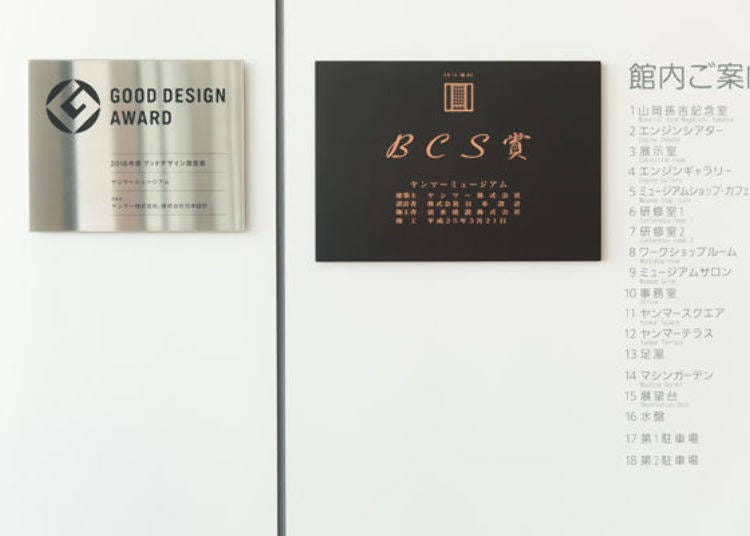
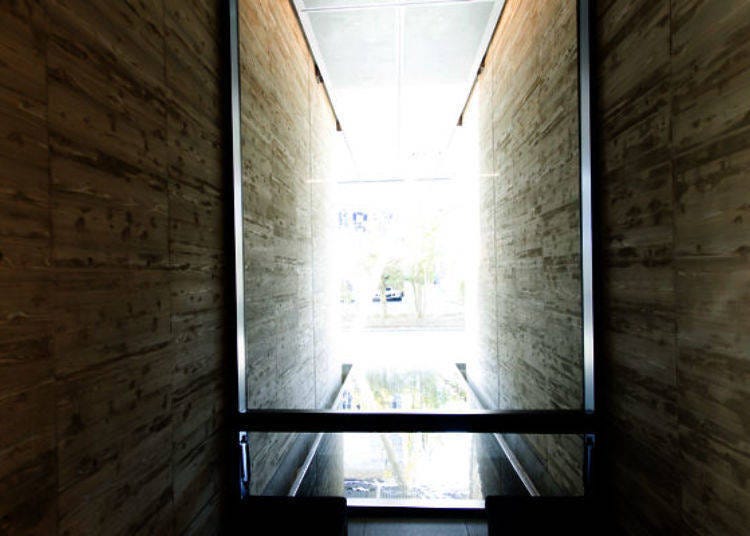
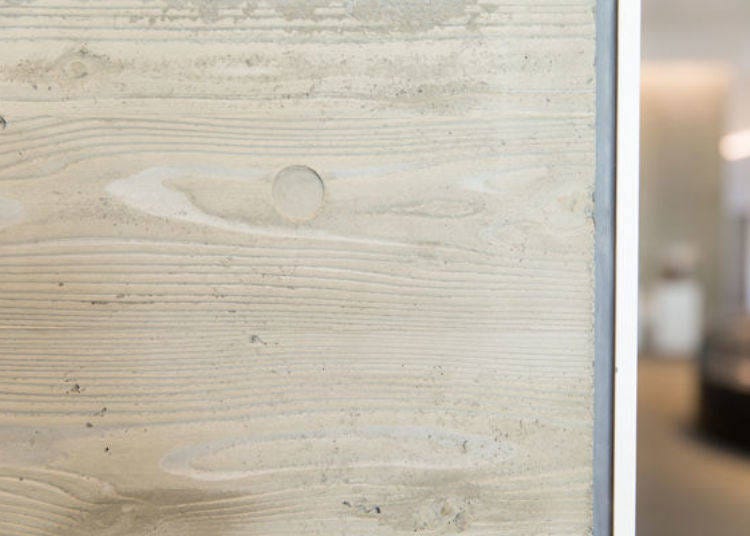
Yanmar’s Origin, Diesel Engine
We head in paying the entrance fee (600 yen for high school students and above, 300 yen for elementary to junior high school students, and free for preschool children, all include tax).
The first thing you see at the entrance there is a massive engine. This is the first diesel engine that was developed in the world, by Dr. Rudolf Diesel from Germany. It is an important engine that affected Yanmar’s own history.
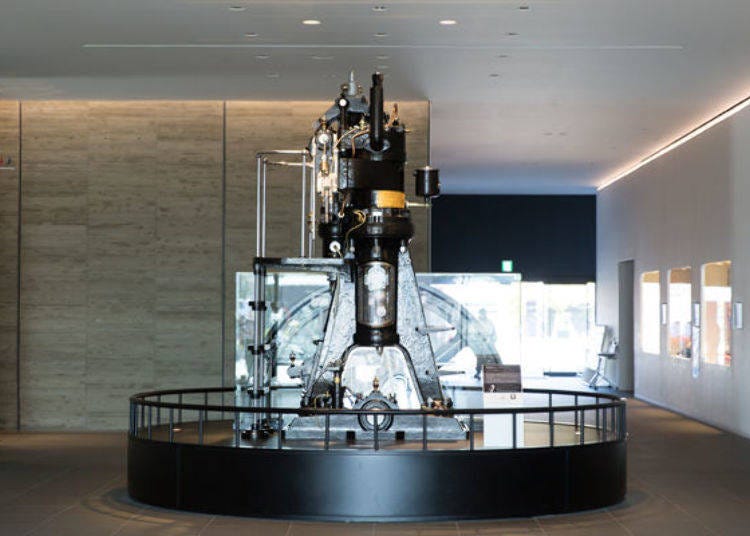
The diesel engine was created in 1892. The revolutionary diesel engine, which uses a piston to inject liquid fuel into heated compressed air to ignite, has merits compared to petroleum engines such as being more fuel efficient and powerful.
The creator of Yanmar, Magokichi Yamaoka, saw this engine in Germany. He then started development in hope to help out farmers, and was the first to miniaturize the engine in the world. It was then applied to various use and lead to the creation of new machines.
Yanmar’s Roots: Making Farmers’ Lives Easier
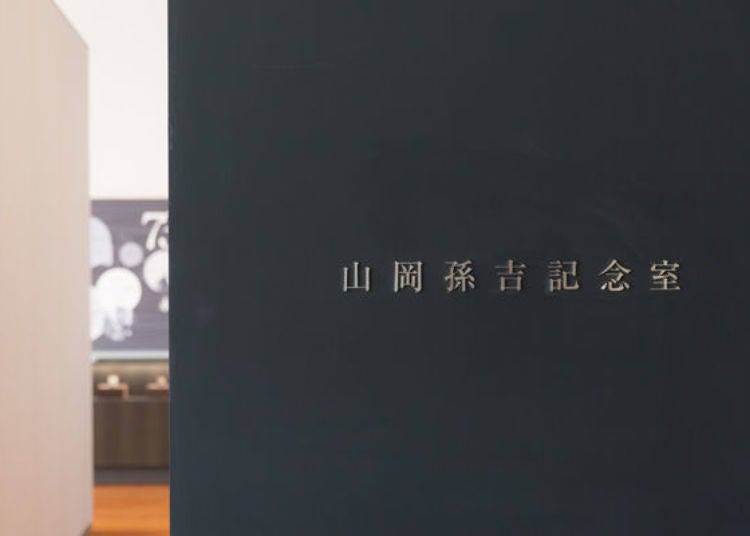
Let’s head to Yamaoka Magokichi Memorial Room to learn about Yanmar’s foundation and history.
Magokichi Yamaoka’s family were poor farmers in Nagahama and he was the 6th of out 10 siblings. At age 16 he went to Osaka and experienced many jobs, during this time he started to repair gas engines. At 19 he founded Yamaoka Gas, and in 1912, at the age of 24, he founded the Yamaoka Hatsudoki Kousakujo. Then at the age of 30, he developed a petroleum engine for farming and trademarked it Yanmar, which is the current business name. He was a remarkable man full of venture spirit!
The origin of the name comes from Oniyanma – the golden-ringed dragonfly - which is a symbol of good harvest.
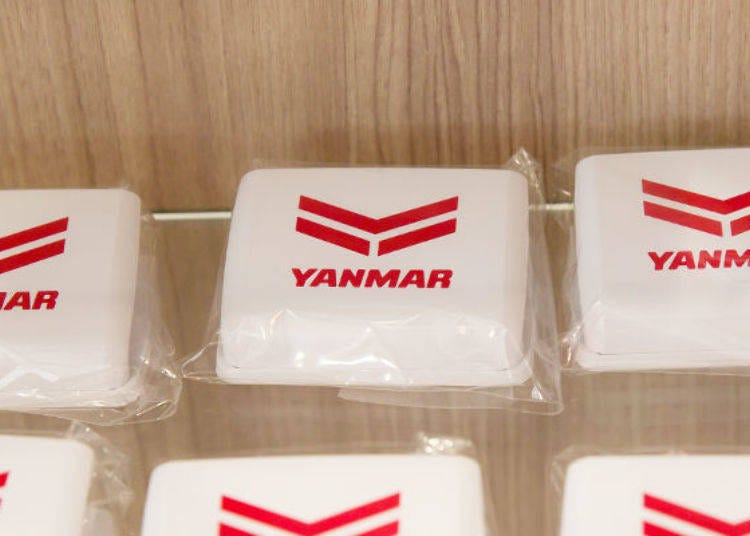
Magokichi always thought about making life easier for farmers. However petroleum engines at the time had many fire accidents and he was devastated that the machines he made to help people actually harmed them.
However when Magokichi traveled to Germany when he was 44, he was introduced to the diesel engine and started development of a safe and secure smaller engine.
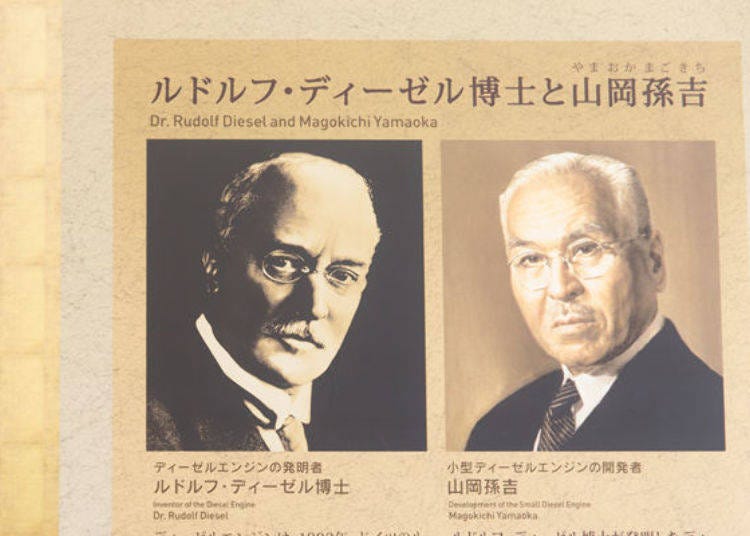
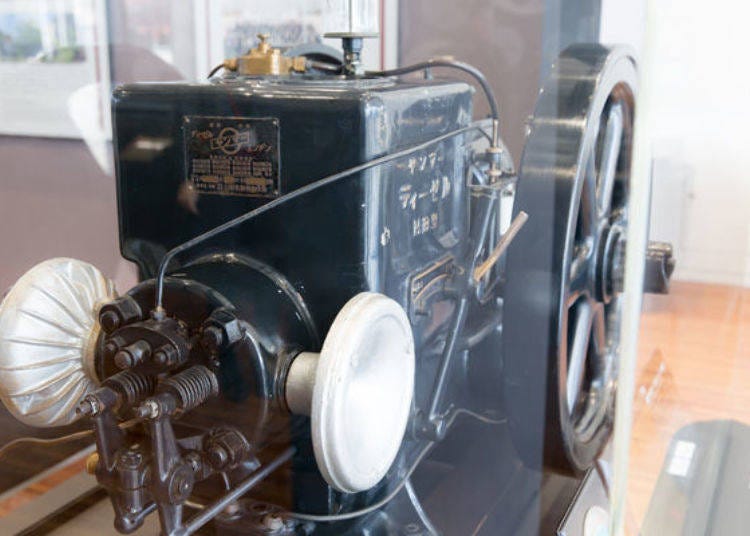
Farming is Cool! Exciting High-Tech Tractors
After learning about Yanmar’s history, let’s head to the museum’s main area!
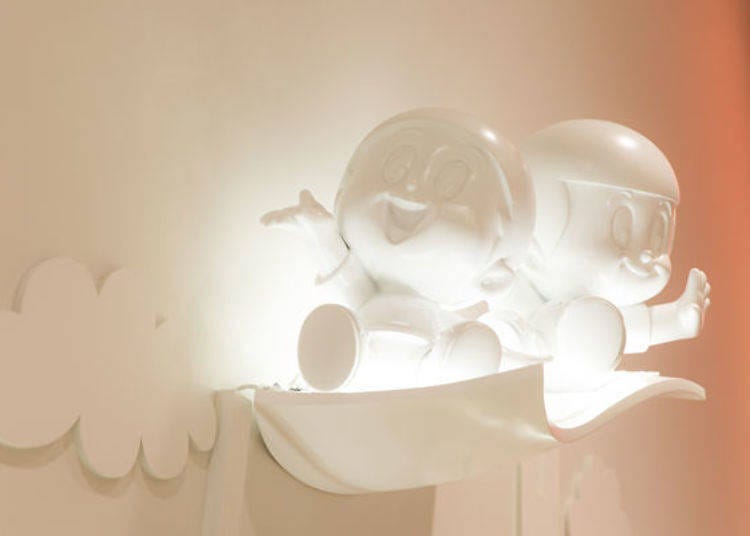
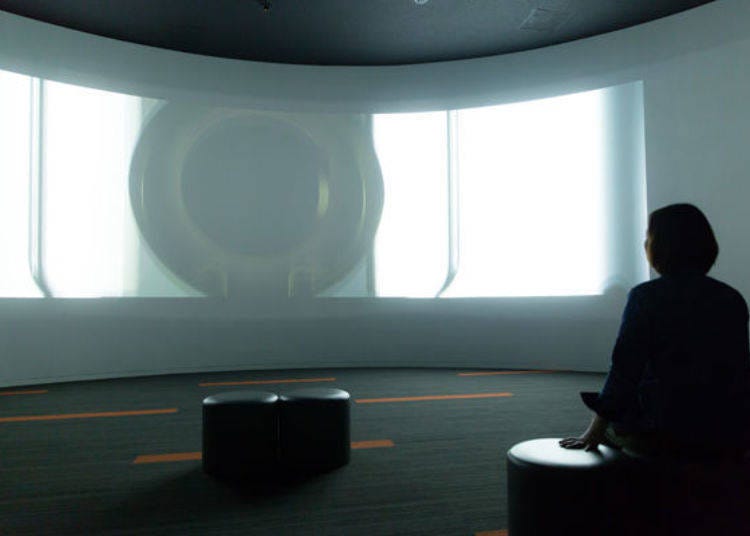
After watching the intense image in the theater room, the next area is the Farming Zone. This is the field in which Yanmar is most famous.
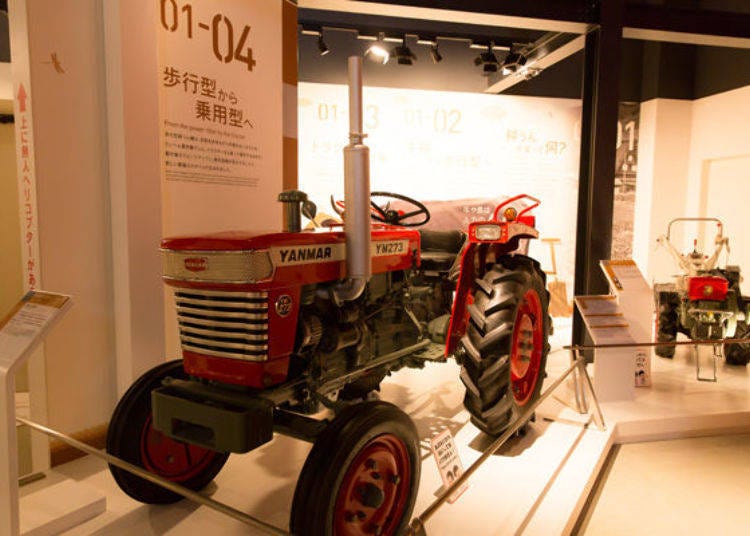
Here you can get on many vehicles such as tractors, cultivators and rice planting machines (no additional fees required). To change the image of “farming is hard and tough,” all the machines are stylish. We decided to get on the latest tractor designed by industrial designer Kiyoyuki Okuyama, who made designs for Ferrari.
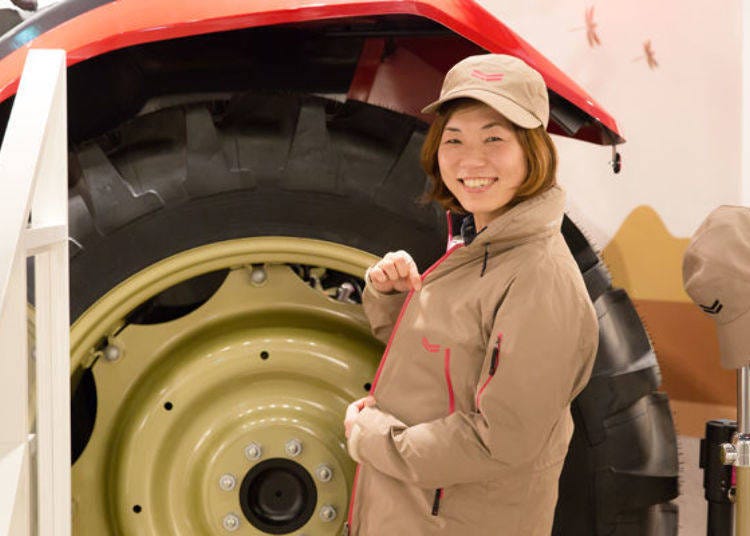
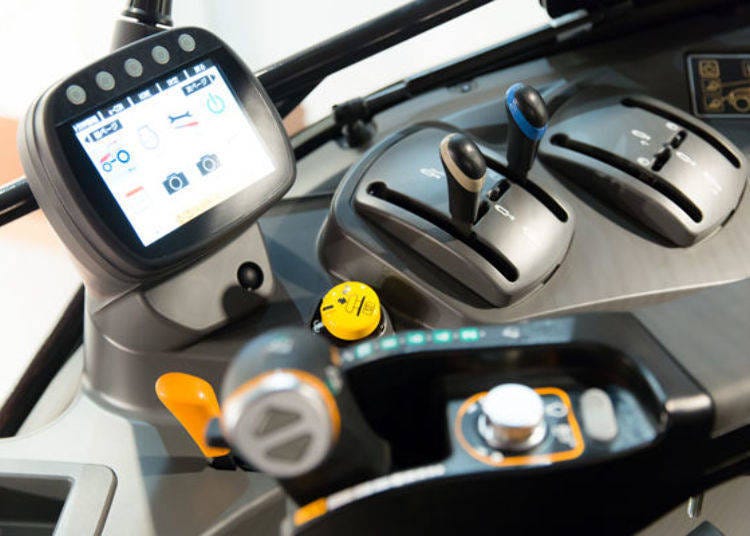
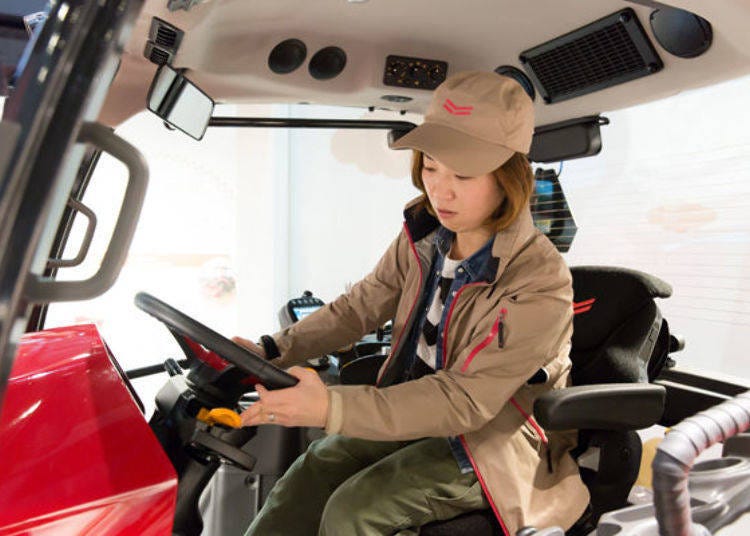
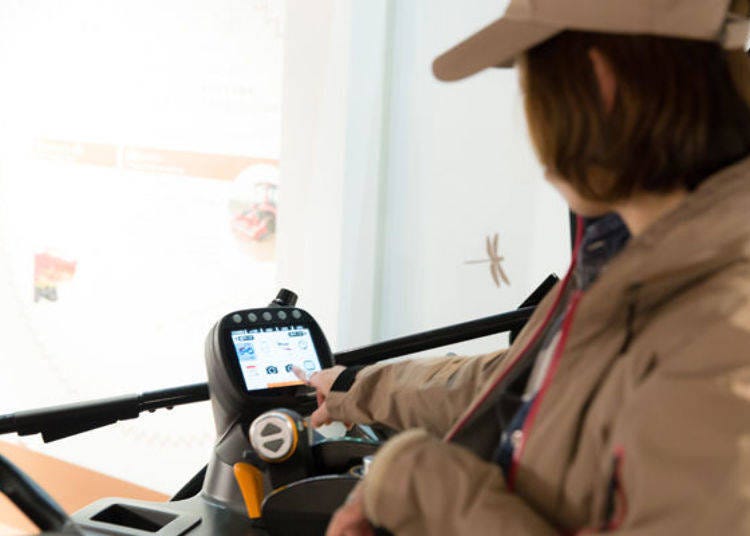
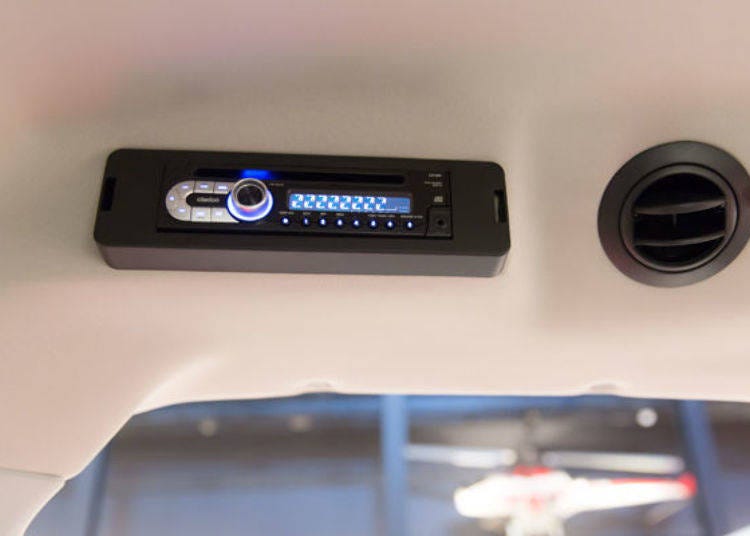
It is as comfortable (or maybe even more!) than a passenger car. It is bound to change the image of farming. You can also get on cultivators and rice planting machines.
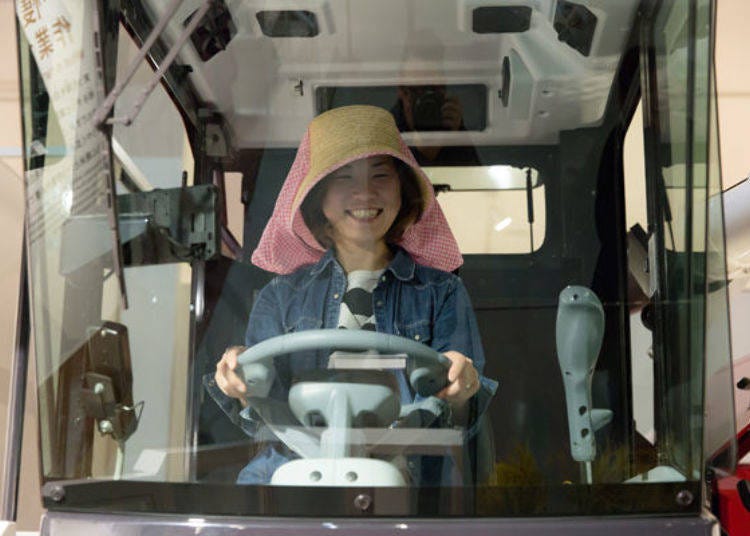
Controlling Vehicles that you come Across Town
The next area is the Town Planning Zone. Small construction vehicles tailored for Japan are on display. The vehicles you see at construction sites are also Yanmar’s specialty. In order to safely and efficiently work in tight spaces and next to building walls, the machines are made compact.
You can experience operating the mini excavator. Former Yanmar staff will teach you how to control the equipment. Former staff work as volunteers at the museum out of gratitude for the company.
A fun exciting experience for all age groups! As a side note the little boy who operated after me was much better.
Cool Tin Badges that you’ll want to collect!
After operating the excavator, we entered the Crafting Zone. Here you can make tin badges with press processing technology.
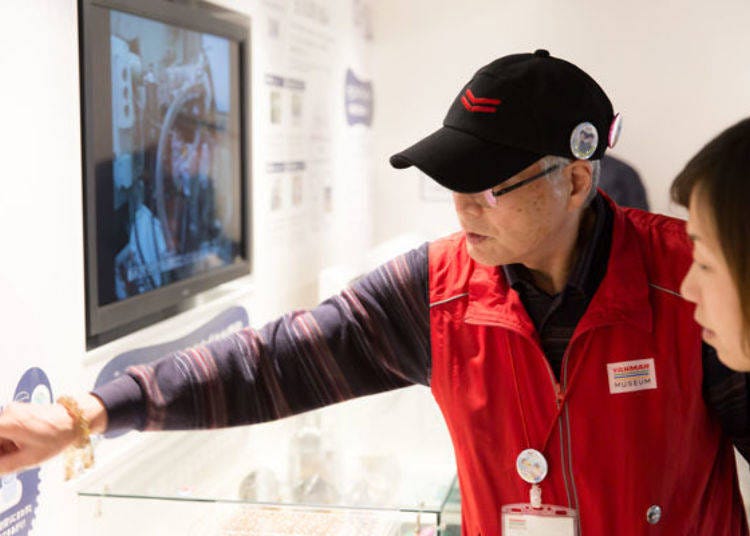
Select a design of Yanbo and Mabo, known from the company’s weather report program, and make your original tin badge
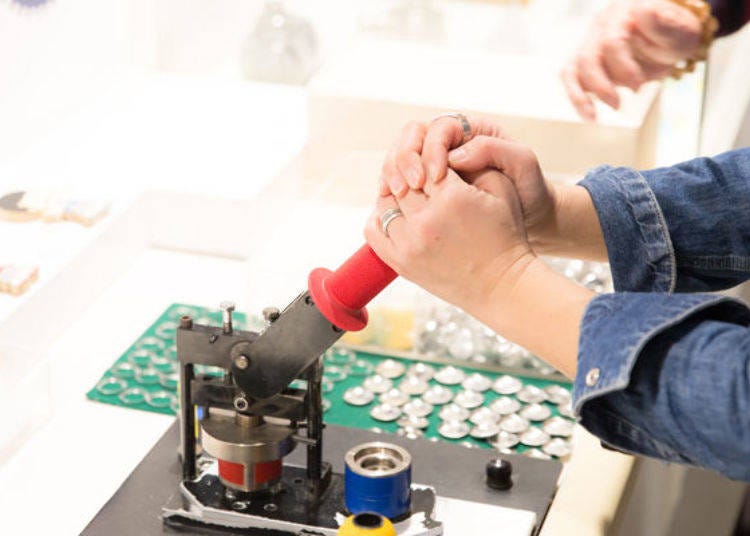
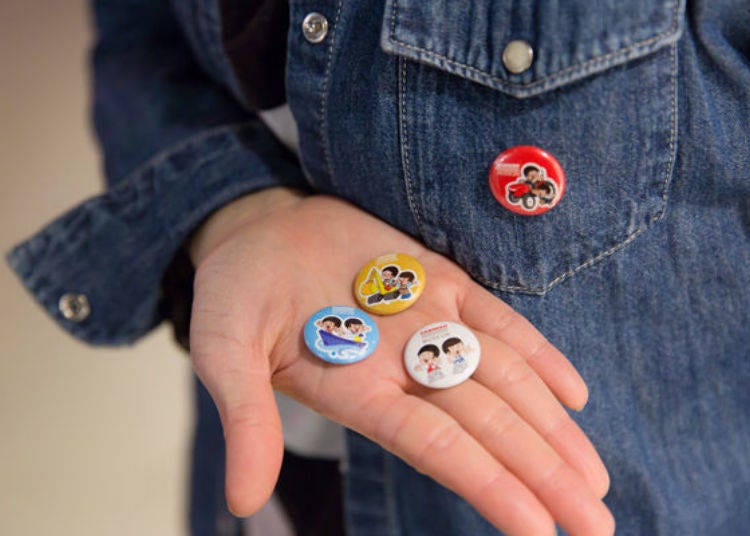
Depending on the season different designs are introduced. These tin badges are only available here.
At the Crafting Zone you can experience the rope work, which is used as a preparation exercise before entering the production line in factories. You can hook the rope in the direction of the arrow in numerical order, and record the time and accuracy.
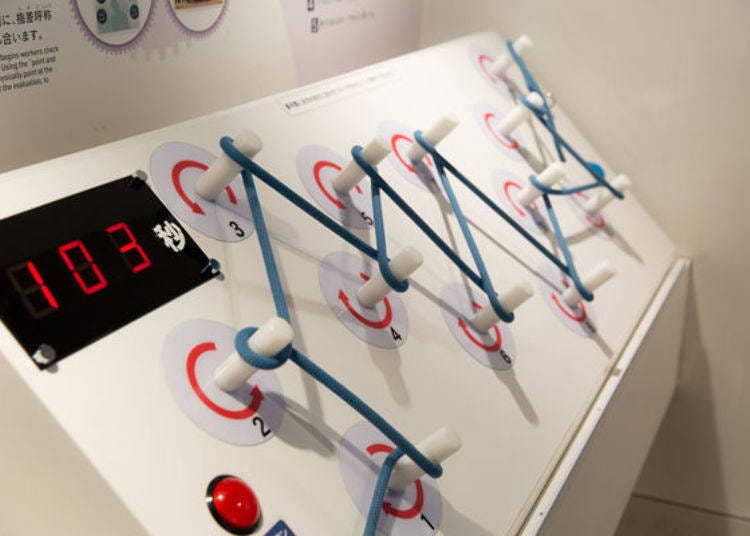
Yanmar Technology in Various Places in the Ocean!
Yanmar diesel engines are used in a variety of ships. Next to the Crafting Zone is the Ocean Zone with a large craft about 10 meters long, where you can experience what it’s like to drive a boat.
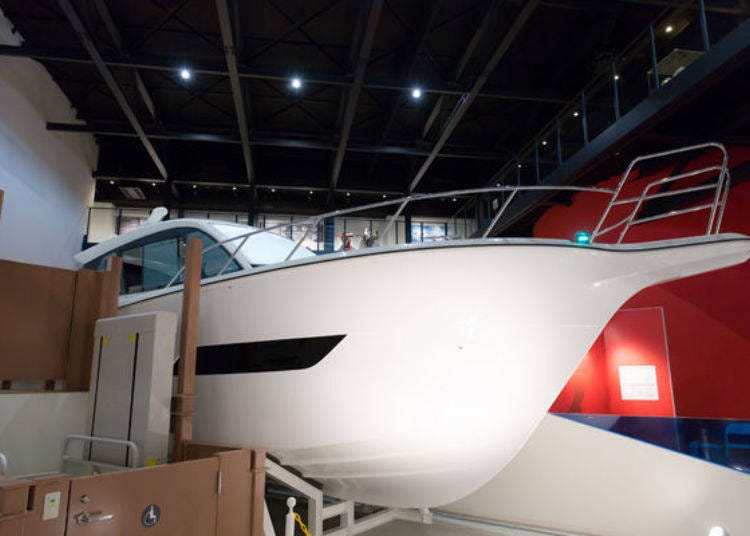
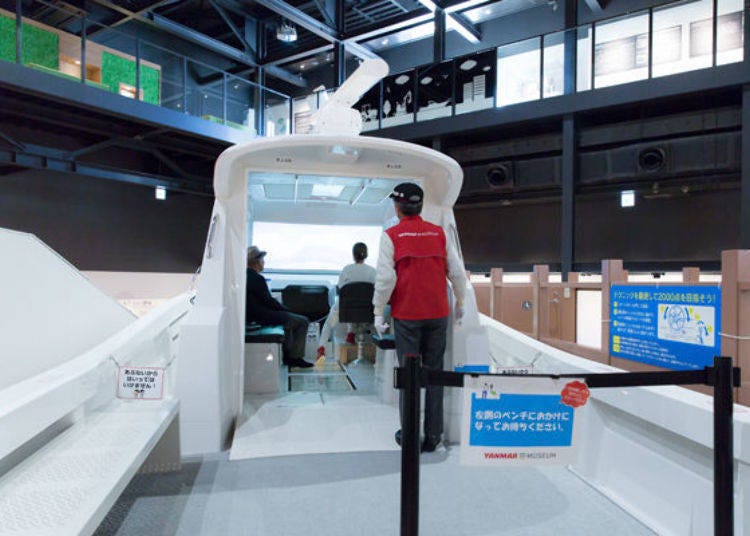
Yanmar technology in places other than boats. You can see where the technology is used by touching the touch panel.
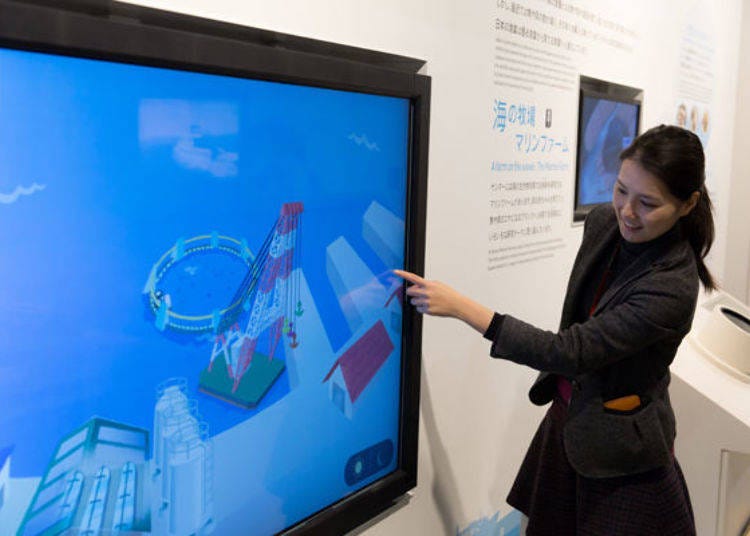
Energy Zone and Past Engine Gallery
We learned about the three business domains of agriculture, city and ocean, also the energy produced by Yanmar engines is being used without waste.
For example the cogeneration where waste heat from an engine that creates electricity is turned into hot water, and the GHP (Gas Heat Pump) system, an air conditioning unit that uses clean natural gas to run the engine, and emergency lighting. Yanmar engines are used in out of sight places.
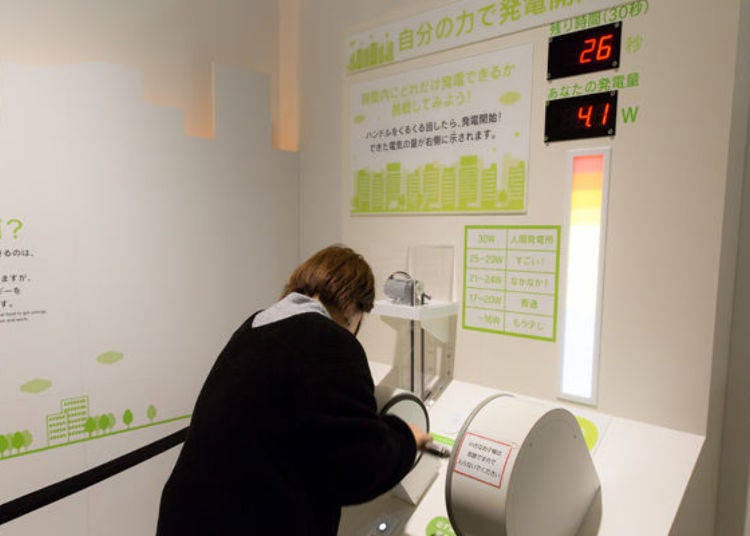


The Roof Area: replicating the environment around Lake Biwa
A place that we strongly recommend to visit on a nice day is the roof area. The biotope terrace replicates the vegetation around Lake Biwa and has creatures like Japanese ricefish and pond loach living inside. It also contains nigoro-buna, a round crucian carp that lives only in Lake Biwa. At first there were only 20 Japanese ricefishes, however there are now over 2,000.
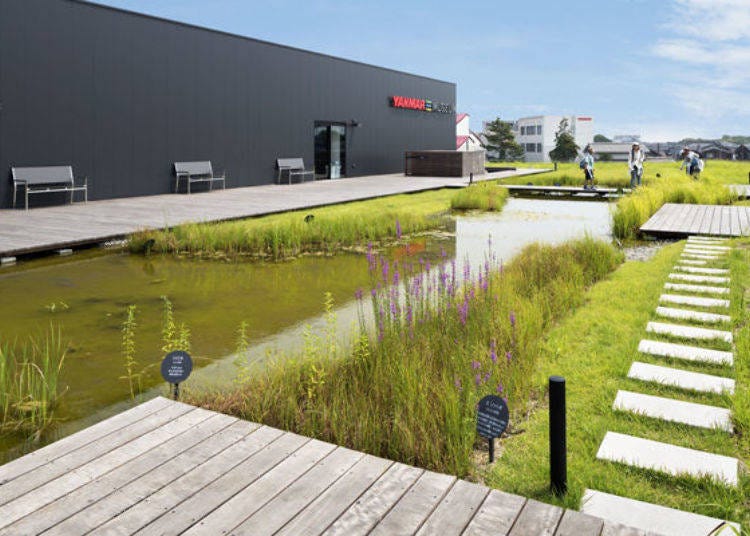
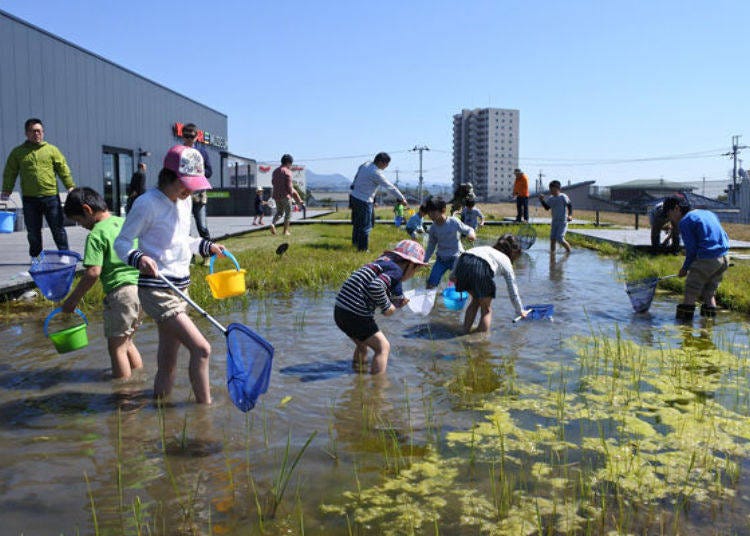
The ashiyu (foot bath) at the back of the biotope uses the cogeneration technology for heating by using waste heat of the engine that generate power for the museum. It creates the perfect temperature that isn’t too hot or tepid! This technology is used at Showa Station at the South Pole, and at Yanmar one engineer is sent as part of the Japanese Antarctic Research Expedition. If you enter Yanmar you might be able to work at the South Pole!
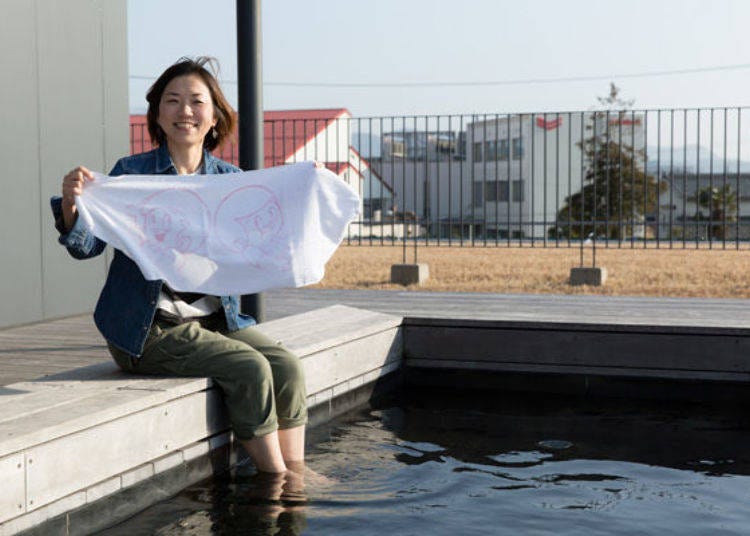
Yanmar conducts various workshops on the roof, inside the museum and nearby farm fields. Some workshops you can join that day, for more information make sure to check the official website.
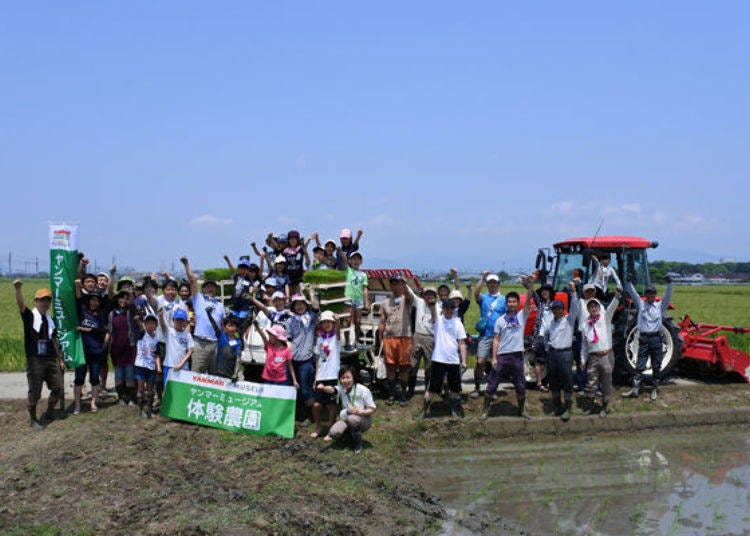
Limited Items at the Museum Shops and Café!
The last place we will go to is the museum shop and café on the first floor next to the entrance.
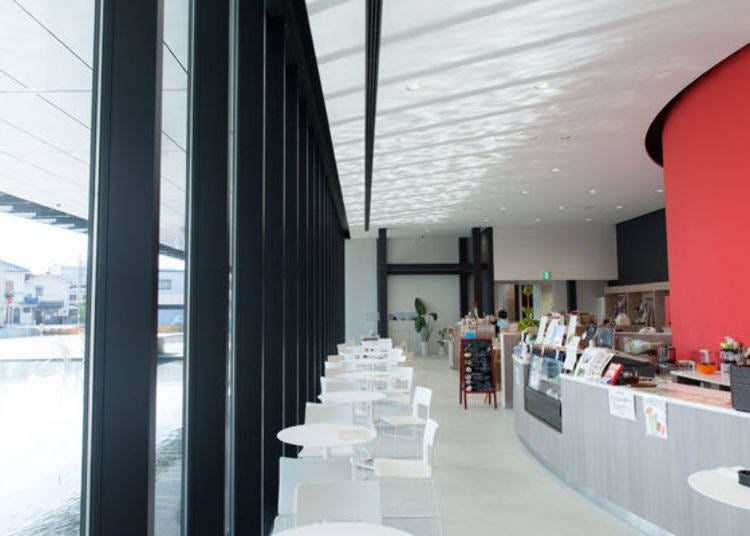
At the café they serve sweets and light meals like the Yanmar Museum Curry. The curry is made using flour from Omi rice that is grown in water from Lake Biwa. We recommend relaxing here after going through the museum.
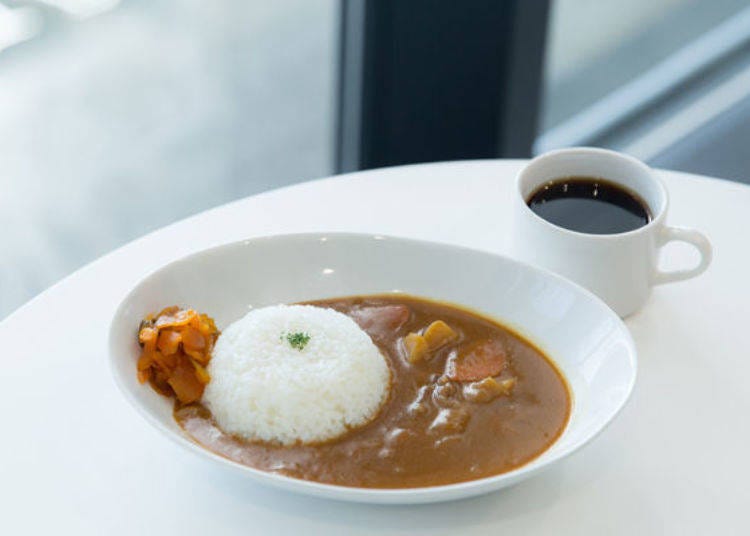
At the shop they have Yanbo and Mabo goods, miniature tractors, Yanmar Agriculture Wear and goods from the Japanese soccer team Cerezo Osaka, which Yanmar sponsors! There are many items that are only available here.
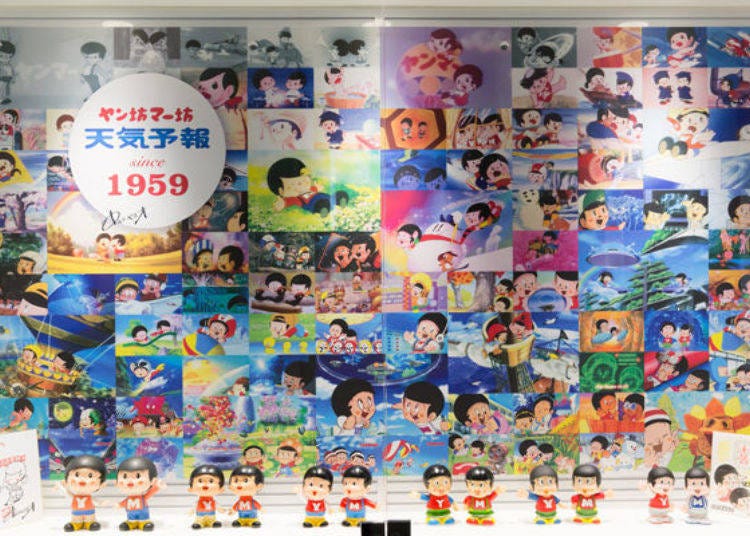

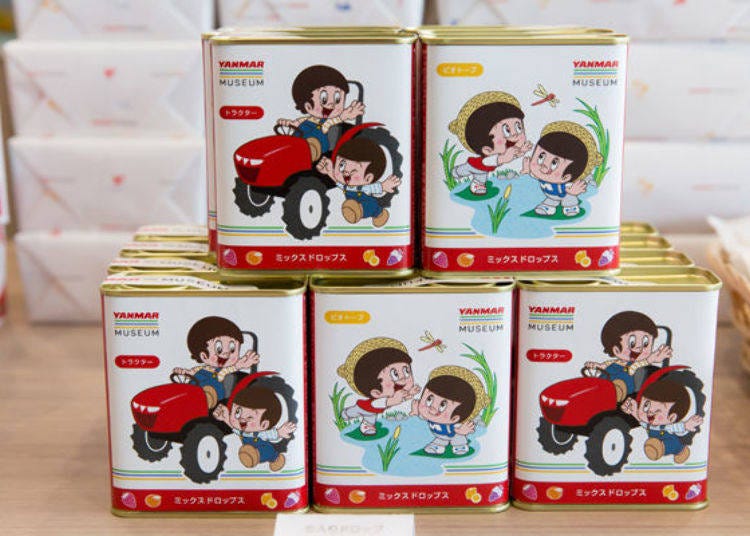
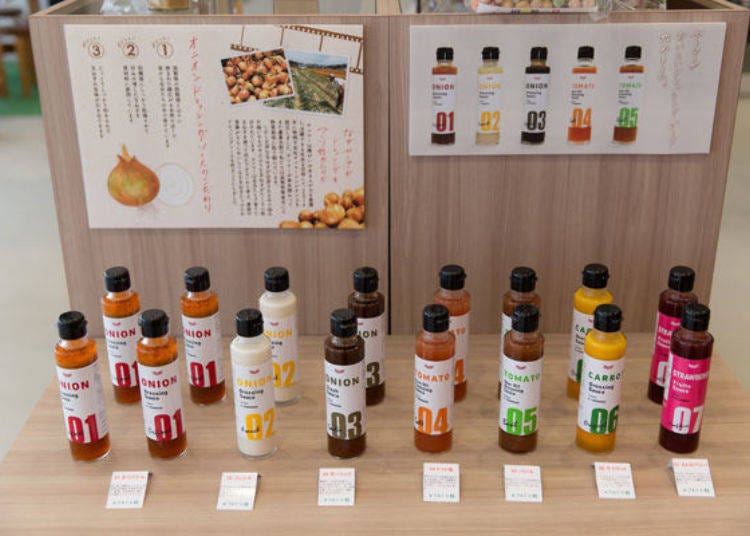
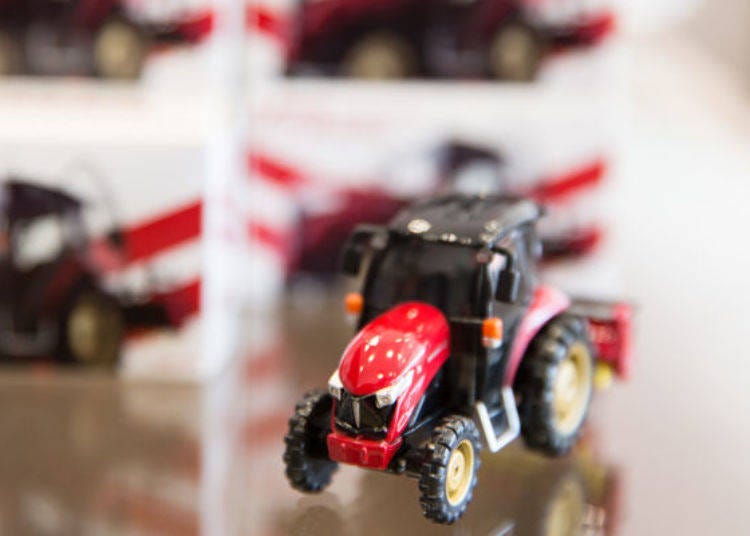
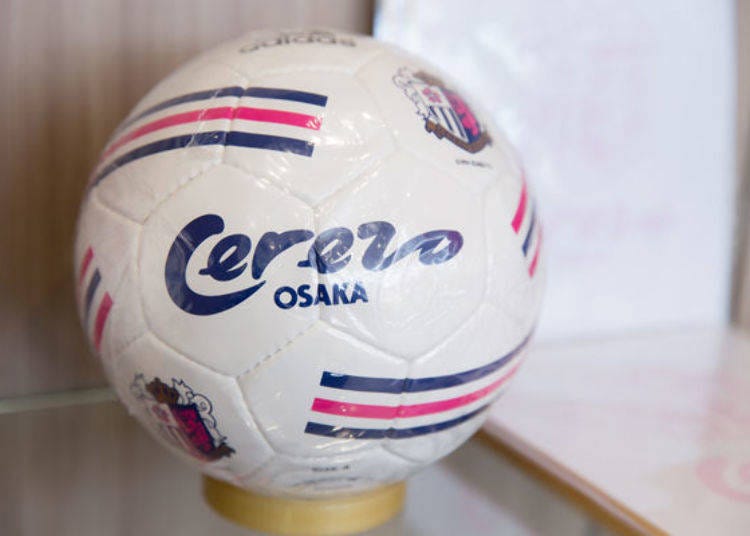
Founder Magokichi Yamaoka’s motto was “gratitude makes the world a more beautiful place” and with this in mind, on the company’s 100th anniversary they created a museum enjoyable for all ages. Visiting the museum was a lot of fun and one could certainly feel the founder’s sentiment echoed in each of the exhibits.
Make sure to stop by the fun and exciting Yanmar Museum on your visit to Nagahama!

The meaning behind Magokichi Yamaoka’s motto is “In life you will be subjected to fortune and misfortune, however if you always remember the feeling of gratitude, a beautiful world will unfold naturally.” We would like to conclude our trip with these wonderful words.
-
Yanmar Museumヤンマーミュージアム
- Address 6-50 Sanwacho, Nagahama, Shiga Prefecture
- Phone Number 0749-62-8887
Hours: 10:00AM – 6:00PM (admission until 5:00PM)
Closed: Monday (Open on holidays and substitute holidays, the next weekday will be closed), New Year’s Holiday
*Museum may close or open irregularly. Please check the museum calendar for details
*For a year from September 2018, the museum will be close for renewal
Entrance Fee: High school students and above 600 yen, elementary to junior high school students 300 yen (tax included, free for preschool children)
- Area
- Category
*Prices and options mentioned are subject to change.
*Unless stated otherwise, all prices include tax.
Popular Tours & Activitiess
Recommended places for you
-

Jukuseiniku-to Namamottsuarera Nikubaru Italian Nikutaria Sannomiya
Izakaya
Kobe, Sannomiya, Kitano
-

Kanzenkoshitsuyakinikutabehodai Gyugyu Paradise Sannomiya
Yakiniku
Kobe, Sannomiya, Kitano
-

ISHIDAYA Hanare
Yakiniku
Kobe, Sannomiya, Kitano
-

Kambei Sannomiyahonten
Yakiniku
Kobe, Sannomiya, Kitano
-
Goods

Yoshida Gennojo-Roho Kyoto Buddhist Altars
Gift Shops
Nijo Castle, Kyoto Imperial Palace
-

TOEI KYOTO STUDIO PARK
Theme Parks
Arashiyama, Uzumasa
-

Everything You Need to Know About teamLab Biovortex Kyoto (2025 Insider Guide)
by: Wemmy Chau
-

Kyoto's Hidden Treasures Open This Winter! Enjoy Exclusive Access to 15 Rare Cultural Sites (Jan-Mar 2026)
by: Guest Contributor
-
Ad

Café Bahnhof in Osaka: The home-roasted coffee that captivated G20 leaders!
-

Celebrate a Dreamy Barbapapa Christmas at JR Osaka Station's Twilight
by: Guest Contributor
-

A First Look at NEMU RESORT’s 2026 Grand Renewal in Ise-Shima: A Resort Shaped by Village, Sea, and Forest
by: Guest Contributor
-

New Way to Reach Koyasan! Ride Nankai's 'GRAN Tenku' for a Heavenly Journey
by: Guest Contributor
Inspiration for Accommodations
-

Spacious Family Hotel in Namba: 20 Comfortable Stays for Family Fun
-

Charming Hotels to Enjoy the Spectacular Views of Arashiyama's Autumn Leaves from Your Room
-

Experience Stunning Views of Osaka Castle from Private Spaces: Top Hotels Near Osaka Castle
-

Recommended by Visitors! Arashiyama's Best-Rated Hotels
-

Family-Friendly Universal Studios Japan Hotel with Excellent Access
-

Enjoy a Comfortable Stay in Osaka! 10 Hotels with Convenient Airport Shuttle Services
-

Top 10 Recommended Hotels Near Namba Station with Great Access
-

Enjoy Night Views from Your Room! Recommended Hotels in Namba Area
-

Popular Food at Universal Studios Japan
by: WESTPLAN
-

Minions Galore! Universal Studios Japan’s Top Christmas Goods and Food Review (2019)
by: WESTPLAN
-
Ad

Experiencing Manga as Culture, Not Just Reading It: Expo 2025 with Rumiko Takahashi
-

5 Best Hotels Near Universal Studios Japan (Osaka): Top-Rated Places to Stay
by: WESTPLAN
-

Universal Cool Japan 2023: SPY×FAMILY and Detective Conan Come to Universal Studios Japan!
by: Steve Csorgo
-

Little Oyatsu Town Namba: Japan's Cutest New Baby Star Ramen Snack Theme Park!
by: WESTPLAN
- #best gourmet Osaka
- #things to do Osaka
- #what to do in kyoto
- #what to bring to japan
- #best gourmet Kyoto
- #new years in Osaka
- #what to buy in nanba
- #Visiting Osaka
- #onsen tattoo friendly arima
- #daiso
- #Visiting Kyoto
- #best japanese soft drinks
- #japanese fashion culture
- #japanese convenience store snacks
- #japanese nail trends












